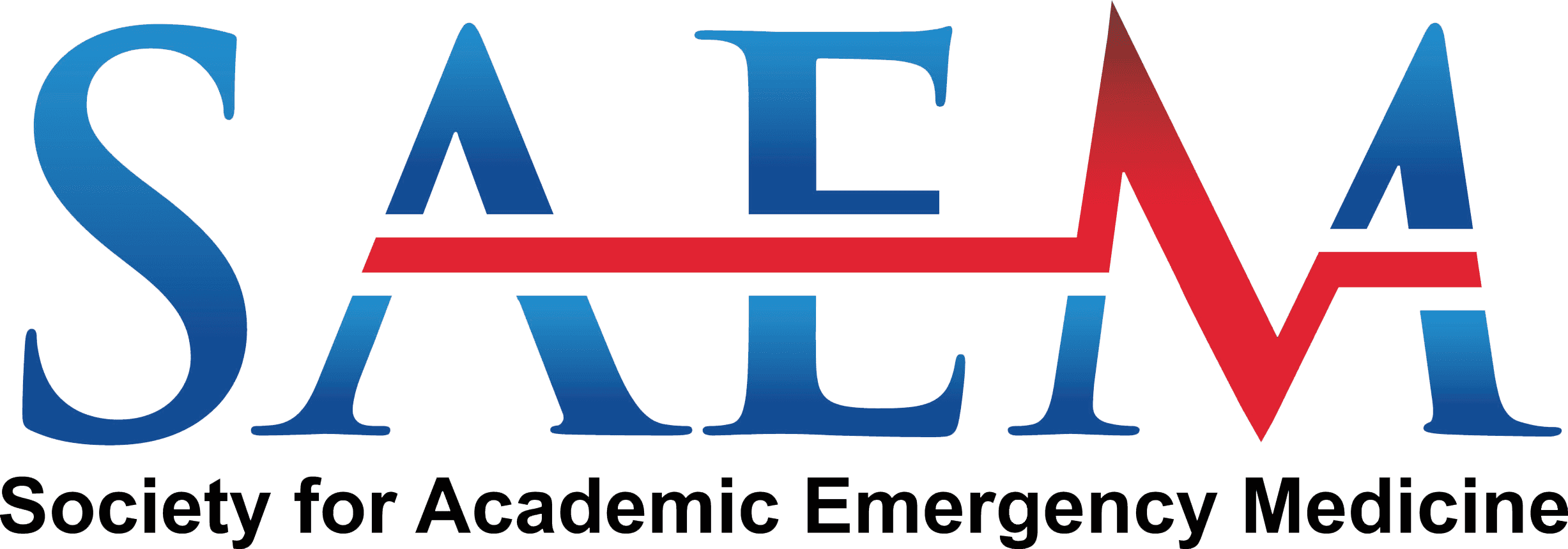Issue One 2023 Editor's Pick
Don't Reinvent the Wheel: Innovations Report on the Use of the SIMPL Assessment Tool in an EM Residency Program
For the first Editor in Chief's Pick for 2023 Academic Emergency Medicine Education and Training journal, I've chosen an Innovations article by Mary Haas, MD, MHPE and colleagues at the University of Michigan entitled "Implementation of the SIMPL (Society for Improving Medical Professional Learning) Performance Assessment Tool in the Emergency Department: A Pilot Study." If your department is anything like mine, you have heard more than once from your trainees that they are not receiving the kind of feedback they would like from their faculty. It seems like just yesterday, emergency medicine instituted "novel" end-of-shift cards in an effort to improve the quality of feedback provided. There have been multiple variations to the cards --- some with Likert scales, others with milestones on them and yet others with open-ended questions.
The researchers at University of Michigan were awarded an institutional GME innovations grant to perform a pilot project using a mobile application to assess emergency medicine resident performance. The application was developed by the Society for Improving Medical Professional Learning (SIMPL) and had been previously studied on surgery resident performance in the OR. The research team modified the tool's content to assess emergency medicine resident performance. According to survey data, the mobile tool was well received by the faculty and residents. It was used to assess the residents' performance of procedures encountered in the ED. Both residents and faculty were expected to use the tool to assess an individual resident's performance. Once the resident reflected on their performance and entered their assessment, they were able to see the faculty member's assessment. The residents valued the qualitative comments that the faculty were able to dictate into the mobile application. The numerical ratings were not as valuable to the learners. The data, however, which could be tracked to EPAs, could be very valuable to the faculty to document resident progress. Further studies and product development specific to emergency medicine are needed before the true benefits of this mobile application can be quantified.
The manuscript reinforces a message I share frequently with new medical education researchers which is to take the time to review the literature and network with colleagues in the house of medicine and beyond. There is no need to reinvent the wheel. Build on the experiences of others.
Susan B. Promes, MD, MBA
Editor-in-Chief
